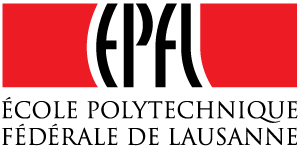ACHIP Switzerland
First came accelerators and then came lasers. The science and technology of Accelerators and Lasers have evolved in parallel during the last decades.
Proposed more than half a century ago [Shimoda, Applied Optics 1 (1), 33 (1961)], the first demonstration of an accelerator based on a dielectric nanostructure and driven by the electromagnetic fields of a laser has only been achieved very recently in 2013 [Peralta et al., Nature 503, 91-94 (2013), J. Breuer, and P. Hommelhoff, Phys. Rev. Lett. 111, 134803 (2013)].
Building on these initial experiments we are now planning to take the research one step further. The goal is to demonstrate all components that will be required to build an accelerator on wholly new technology.
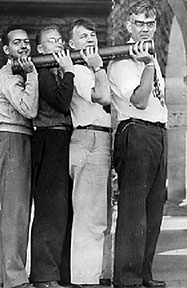
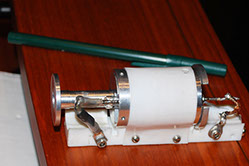
Top: Ruby laser, invented by Maiman in 1960. Photo: Wikimedia Commons.
Left: One of the first segments of the Stanford microwave accelerator, late 1940's . Photo: Stanford University.
Funded by the Gordon and Betty Moore Foundation, the ACHIP Collaboration has now set off to go the next step in laser-driven acceleration on a chip. The project consortium is led by Stanford University and Friedrich-Alexander University Erlangen- Nuremberg and includes three national laboratories: SLAC, DESY, and PSI. Besides Stanford and FAU, five more universities are involved: University of California Los Angeles, Purdue University, University of Hamburg, the Swiss Federal Institute of Technology in Lausanne (EPFL) and Technical University of Darmstadt.
The consortium covers world-leading experts covering all fields needed for this new technology. For example, nanofabrication of the photonic chip structures will be dealt with in cleanroom laboratories, novel, miniaturized electron sources will be developed, as well as high intensity photonic structures for the laser beam feeding.
PSI will provide access to SwissFEL, a 700 meter long facility, which is presently being installed in an underground building near PSI. This accelerator has been designed to generate ultra-bright electron beams, where up to one billion electrons are accelerated to almost the speed of light, and can be focused down to a diameter of a few micrometers, i.e. less than the width of a thread from a spider’s web.
These beams match the size of the accelerating structures and are thus ideally suited for the proposed research.
Team
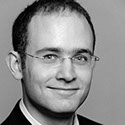
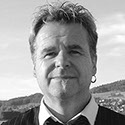
Dr. Franziska Frei
e-mail: franziska.frei@psi.ch
Dr. Micha Dehler
e-mail: micha.dehler@psi.ch
e-mail: rasmus.ischebeck@psi.ch
Dr. Eduard Prat
e-mail: eduard.prat@psi.ch
Matthias Moser
e-mail: matthias.moser@psi.ch
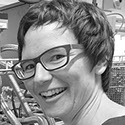
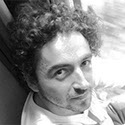


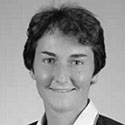
Dr. Simona Bettoni
e-mail: simona.bettoni@psi.ch
Hanspeter Gehrig
e-mail: hanspeter.gehrig@psi.ch

Dr. Sven Reiche
e-mail: sven.reiche@psi.ch
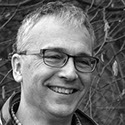
Werner Zoller
e-mail: werner.zoller@psi.ch
e-mail: leonid.rivkin@epfl.ch

Join the Team!


